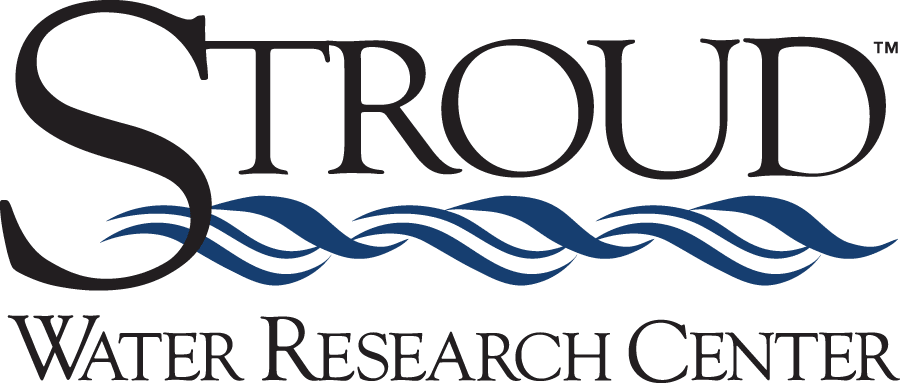Please be sure to check the event organizer’s website for any last-minute changes or cancellations prior to attending.
Have an event that will fit well on our calendar?

- This event has passed.
Science Seminar: Nature’s Best Hope
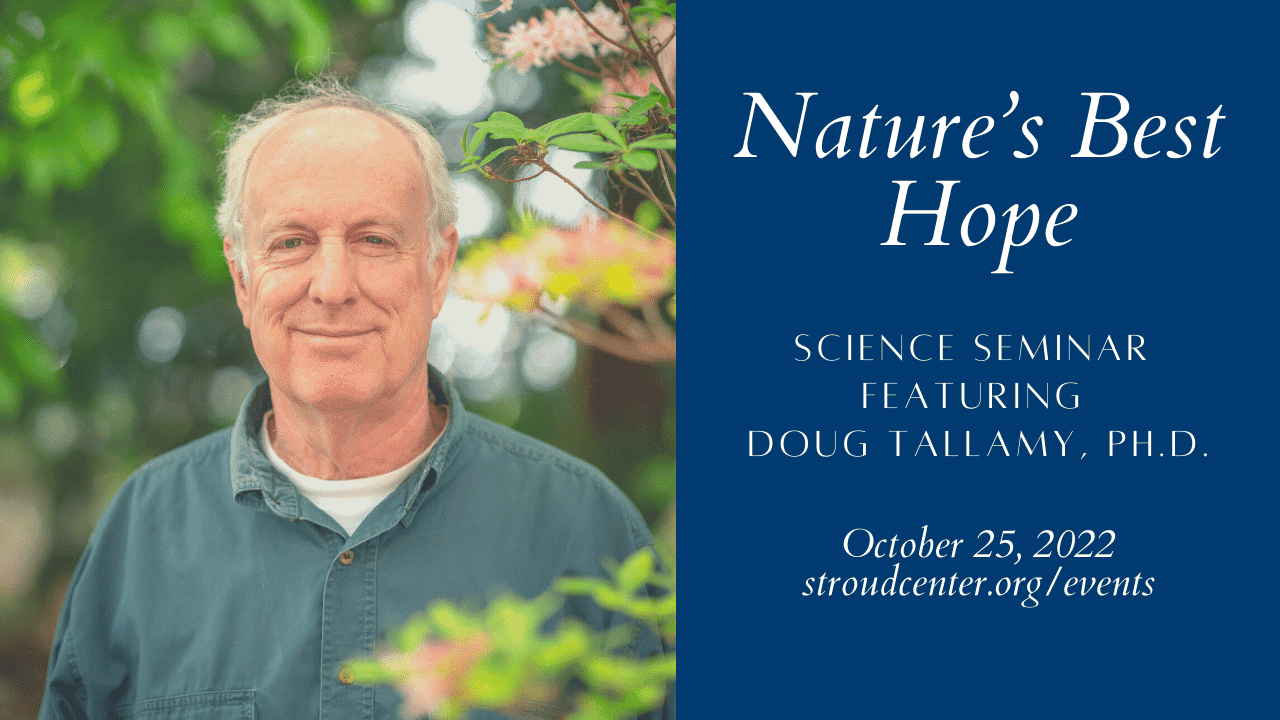
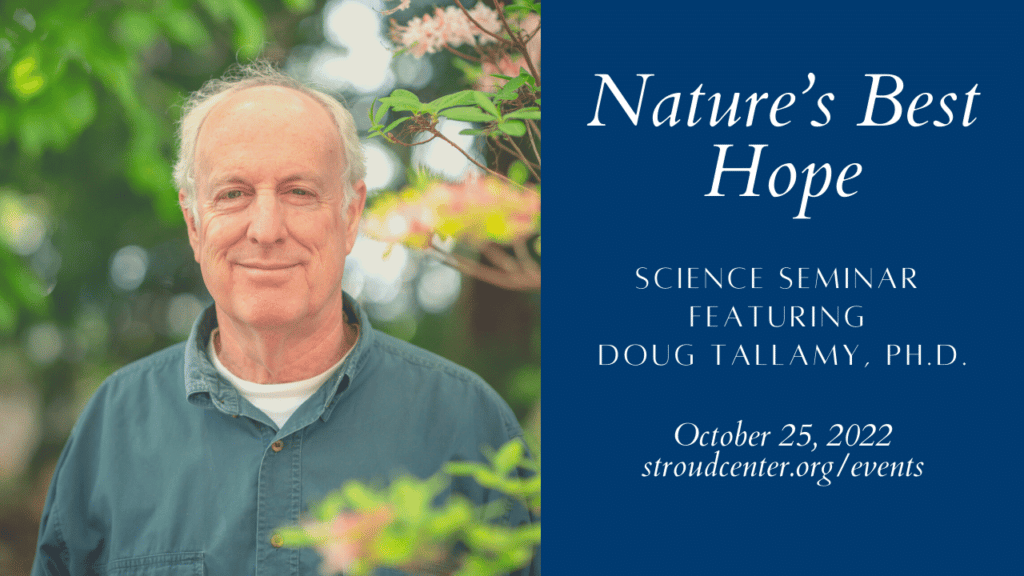
- When: Tuesday, October 25, 2022. Doors open at 5:30 p.m. for light refreshments. Lecture begins at 6:30 p.m.
- Where: The Meetinghouse at Stroud Water Research Center, 970 Spencer Rd., Avondale, PA 19311
- Cost: Free, thanks to our sponsor Lael Farm, but you must RSVP to attend.
- In-person and virtual options available.
- Co-hosted by Stroud Water Research Center and Penn Vet.
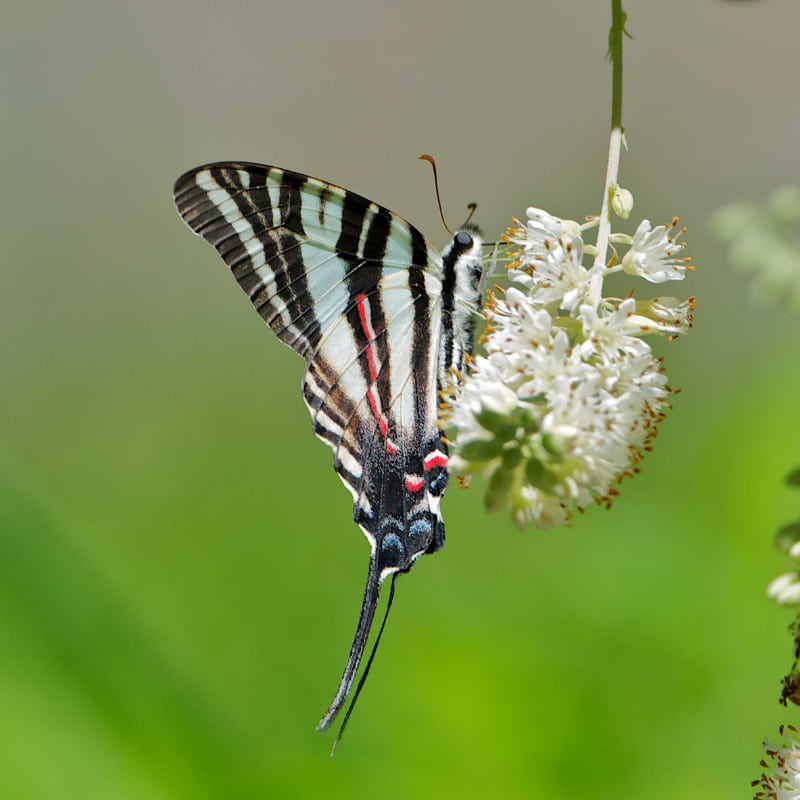
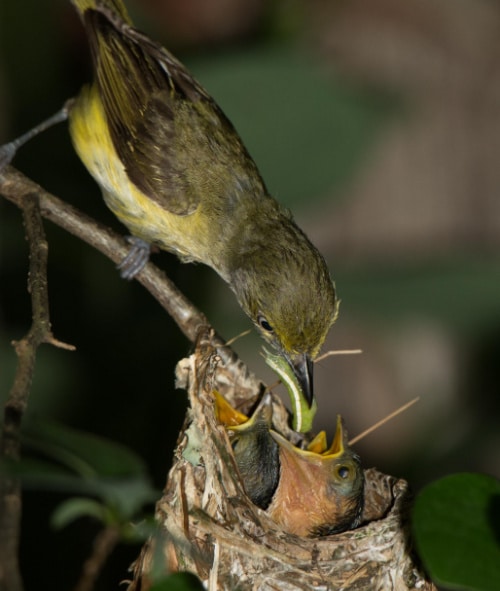
Recent headlines about global insect declines and three billion fewer birds in North America are a bleak reality check about how ineffective our current landscape designs have been at sustaining the plants and animals that sustain us. To create landscapes that enhance local ecosystems rather than degrade them, we must:
- Remove invasive species from our properties.
- Add the native plant communities that sustain food webs, sequester carbon, maintain diverse native bee communities, and manage our watersheds.
If we do this in half of the area now in lawn, we can create a Homegrown National Park, a 20 million-acre network of viable habitats that will provide vital corridors connecting the few natural areas that remain. This approach to conservation empowers everyone to play a significant role in the future of the natural world.
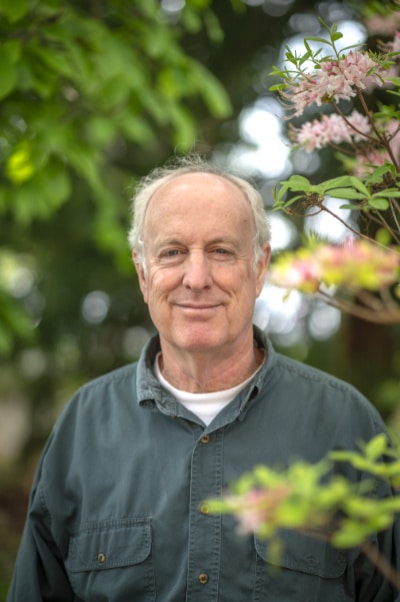
Doug Tallamy is the T. A. Baker Professor of Agriculture in the Department of Entomology and Wildlife Ecology at the University of Delaware. He has authored 106 research publications and taught insect-related courses for 41 years. Chief among his research goals is to better understand the many ways insects interact with plants and how such interactions determine the diversity of animal communities.
His books include “Bringing Nature Home,” “The Living Landscape,” co-authored with Rick Darke, “Nature’s Best Hope,” a New York Times Best Seller, and “The Nature of Oaks,” winner of the American Horticultural Society’s 2022 book award. In 2021 he co-founded Homegrown National Park with Michelle Alfandari. His awards include recognition from The Garden Writers Association, Audubon, The National Wildlife Federation, Allegheny College, The Garden Club of America, and The American Horticultural Association.
Questions about this event? Contact Jessica Provinski.
Co-Hosted by:
Details
- Date: October 25, 2022
-
Time:
6:30 pm - 8:00 pm
- Cost: free
- Event Category: Lecture
- Event Tags:Science Seminar Series
- Website: https://stroudcenter.org/event/natures-best-hope/
Venue
- Stroud Water Research Center
-
970 Spencer Rd
Avondale, PA United States - View Venue Website


